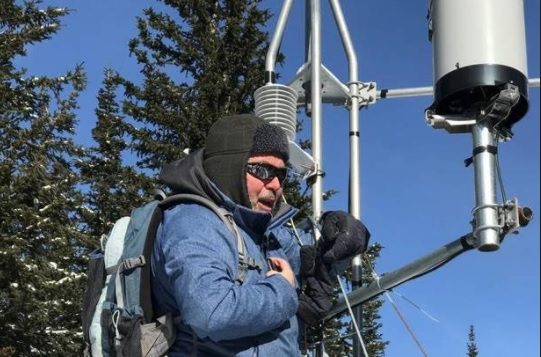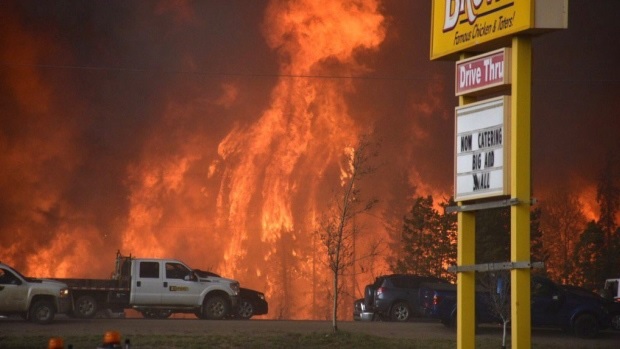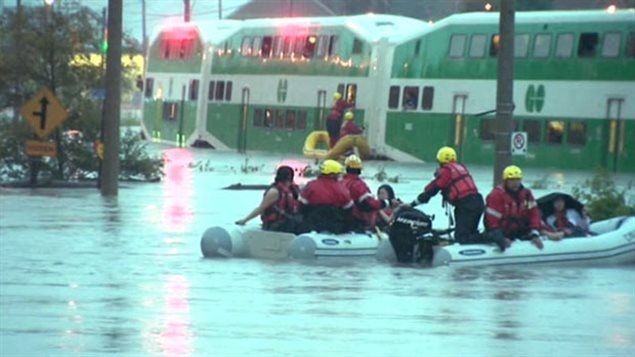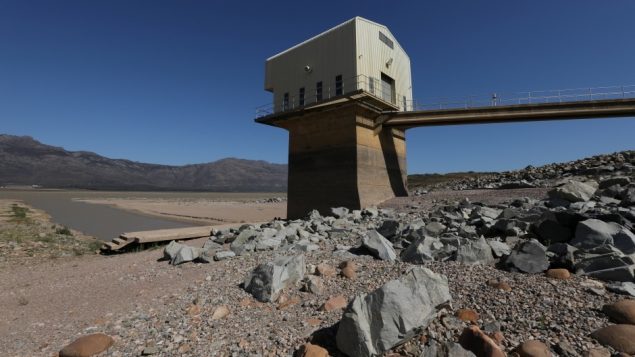Cape Town in South Africa is edging ever nearer to becoming the world’s first major city to run out of water, literally. This is due to an ongoing multi-year drought.
Other areas around the world are also threatened with potential water shortages, Major drought put Sao Paulo and 21 million people in a very dire situation in 2015, Other locations around the world have come close to disaster as well, or are facing potentially dire situations in the near future. Canada with all its water, is not immune.
John Pomeroy (PhD) is a Distinguished Professor in the Department. of Geography & Planning at the University of Saskatchewan and the Canada Research Chair in Water Resources and Climate Change. He is also Director of the Global Waters Futures Initiative, the Director at the Centre for Hydrology both also at the University and the Coldwater Laboratory in Alberta.
ListenPomeroy has been studying the issue of hydrology for decades and in a recent article said “climate warming from human actions is altering precipitation patterns, reducing snow-packs, accelerating glacier melting, thawing permafrost, degrading water quality, intensifying floods and increasing the risk and extent of droughts”.

Hydrologist, professor John Pomeroy, (PhD) climbs an observation tower at a snowpack research station in the Rockies near Fortress Mountain, Alta. Measuring the snowpack helps researchers in their attempts to predict future floods and droughts. PHOTO: Erin Collins -CBC
Indeed the climate patterns mean that some areas are experiencing drought, while others experience sudden floods as conditions become more intense over certain regions and last longer.
Canada is not exempt from the effects of climate change.
He notes that although Canada has vast resources of water, much of that is in more remote regions, and many of the watercourses flow north away from the relatively thin band of heavy population only about 100 kilometres in depth which follows the Canada-US border across the country.

Long periods of hot dry conditions have led to massive forest fires in Canada such as this one in Ft McMurray Alberta in 2016. PHOTO Terry Reith-CBC
Part of Pomeroy’s studies include studying snow packs in the western mountains. In the past the snow and glaciers would melt during summer and continue to feed rivers and streams even in drought years in western Canada. But with warming, when there is a heavy snowfall, it has been melting faster and is gone sooner leaving those water courses dry in drought years.
Glacier melt has helped as well as a “bank” of water, but they’re melting faster than they’re being replenished, and as a resource, could themselves be gone.
He notes even in winters now, there have been periods of rain instead of snow as temperatures climb. This year there were record warm spells as much as 30 degrees C above normal in the high Arctic for example.
Canadians in many cities have already been faced with water restrictions which were almost unheard of in the past, but are not annual occurrences in summer.

An intense 2015 drought reduced water levels across much of Western Canada, including Lake Diefenbaker, Sask., a source for hydro-electric power and irrigation. PHOTO: John Pomeroy
He is glad the federal government has recently announced funding for better water monitoring in Canada which could lead to national oversight, but notes that Canada still has a disconnect between managing surface water and groundwater. He says the two are intimately connected yet groundwater extraction oversight is greatly lacking in Canada.
With warming temperatures, less predictable weather conditions, and increasing population demands, Pomeroy and others say Canadians should be aware of what they could be facing in the future when it comes to water usage.

While drought is an increasing problem, massive storms also create havoc such as the record rain which fell on Toronto, paralysing Canada’s biggest city in July 2013. Here firefighters rescue people trapped on a commuter train. Major highways were completely flooded as was the city’s subway system. Record 100-year weather events are now becoming almost common. PHOTO-CBC
Additional information







For reasons beyond our control, and for an undetermined period of time, our comment section is now closed. However, our social networks remain open to your contributions.